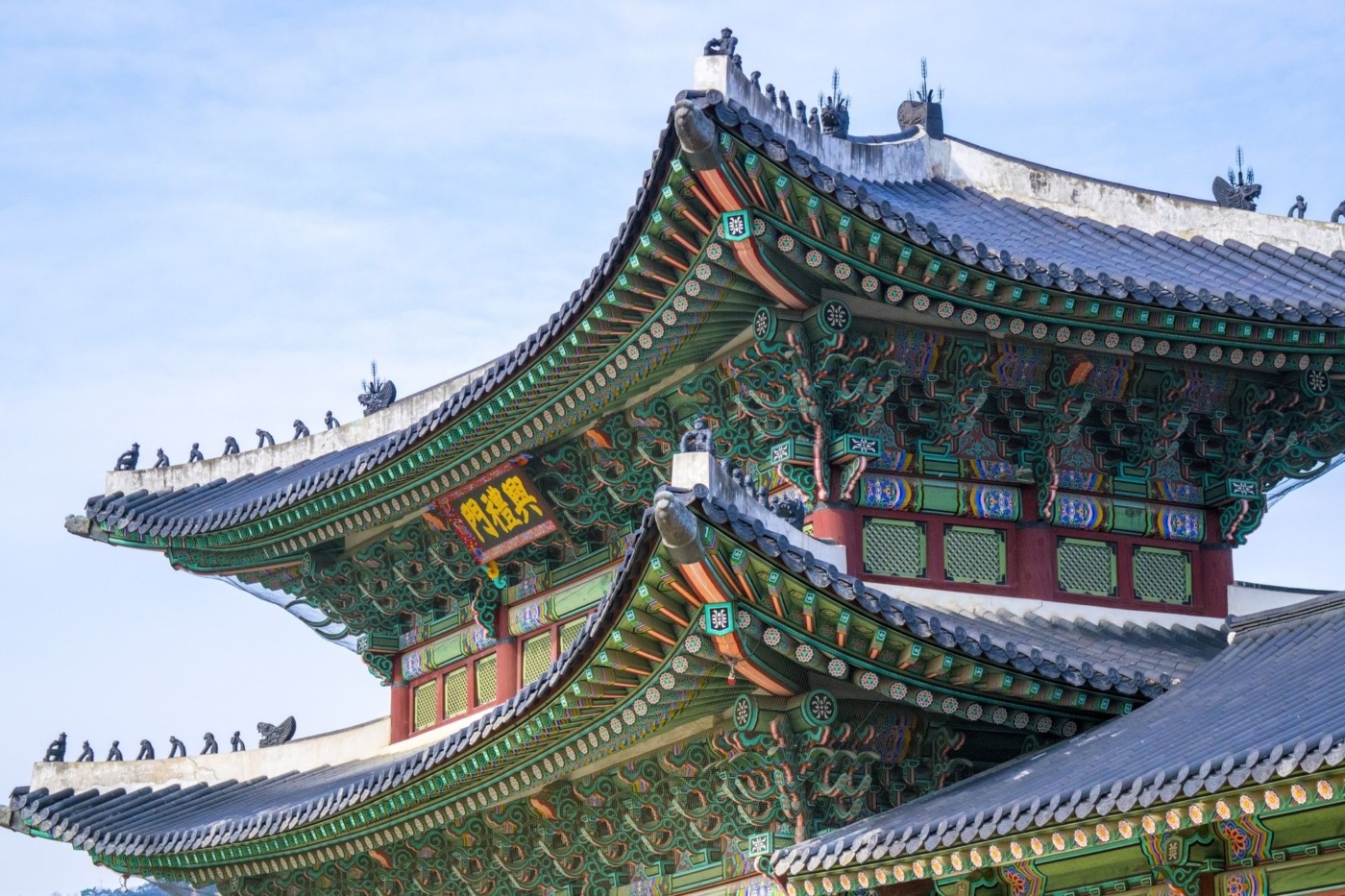South Korea to reach net-zero by 2050
The Democratic Party of Korea has announced its ambition for South Korea to adopt a Green New Deal, which will see it become a net-zero carbon emitter by 2050. If the plan goes ahead, South Korea “will be the first [country] in East Asia to set a timeframe to end its contribution to climate change” – here’s a little look at the proposals, and whether the country could meet its goal.
The party has outlined the policy in its manifesto for the upcoming legislative elections, with a series of moves designed to facilitate the 2050 target. These include governmental legislature to reshape the country and make it more eco-friendly – a so-called Green New Deal Act. South Korea would also see large scale investment in green energy infrastructure and the complete phase out of coal power generation, coupled with a revenue-neutral carbon tax (in order that the public does not suffer an increase). These policies are in line with recommendations made by the Intergovernmental Panel on Climate Change (IPCC) to reduce the climate crisis.
If the plan goes ahead, South Korea “will be the first [country] in East Asia to set a timeframe to end its contribution to climate change”
The move has been welcomed by climate protestors in the country. Jinsun Lee, a campaigner at Greenpeace Seoul, said: “Today’s announcement is essential to tackle the most urgent environmental disaster humanity faces – the climate crisis. South Korea is one of the top seven CO2 emitting countries in the world. The ruling party finally recognises its responsibility to not only tackle the climate emergency but also boost the domestic economy while battling this crisis.” However, it still urged the party to set out a concrete plan with clearly-defined guidelines, rather than just general ambitions and the 2050 goalpost.
South Korea emits 590 metric megatons (MT) of CO2 each year, and is the third-biggest public coal financier in the world. It has frequently been criticised, both internally and externally, for failing to act on climate change – despite promises to expand the share of renewable energy to 20% by 2030, its current policies would still leave it heavily reliant on coal. In the past, it has heavily invested in coal-fired power plants aboard that would not have met its own internal environmental standards. South Korean produces electronics, automobiles, ships, chemicals and steel, and it will require extensive investment to boost energy efficiency and help these industries transition to renewables.
South Korea emits 590 metric megatons (MT) of CO2 each year, and is the third-biggest public coal financier in the world
Some doubt has, however, been poured on the viability of these proposals. It’s entirely possible that the party could lose the election – the second-largest party, the United Future Party, has let to outline any policy platform on the climate that in any way nears this commitment. Even if this is the case, South Korean governments are normally defined by coalition and measures that achieve cross-party support. The Justice Party (the country’s third party) and the Green Party Korea have both stated their intentions to increase climate action, so it’s likely any green measure would pass. However, the success of the Right (this year, or in the country’s 2022 presidential election) could slow down a number of these measures, even if it is unlikely to risk public backlash by cancelling them entirely.
If the Democratic Party succeeds and begins pushing a green agenda, could other East Asian countries follow? Both China and Japan emit more than South Korea (they’re the first and fifth-largest CO2 producers, putting out 9057 and 1147MT respectively), and green efforts in the countries are currently seen as insufficient. China has committed to peak CO2 emissions by 2030, and Japan has announced it will become carbon-neutral “at the earliest possible time in the latter half of this century”. But there is some hope – the three countries have all set the goal of having millions of hydrogen-powered vehicles on their roads by 2030, a supply that is far cleaner than fossil fuels. If this target is met, and the countries see the success of South Korea, there’s no reason that we couldn’t see East Asia turn green.

Comments